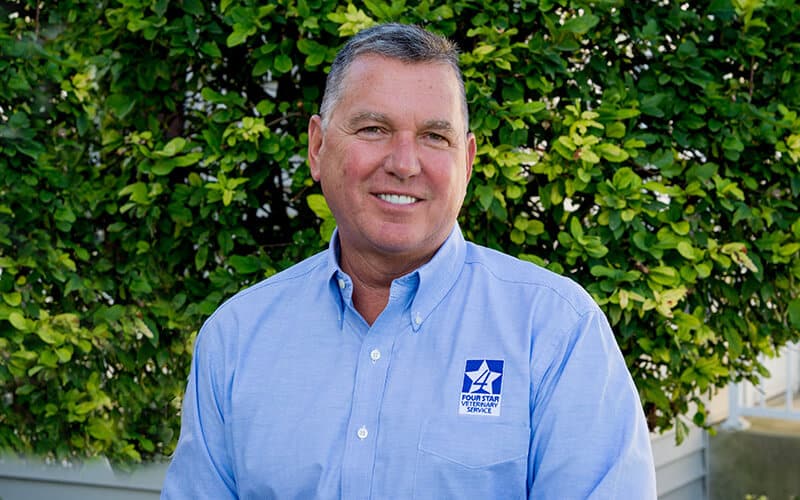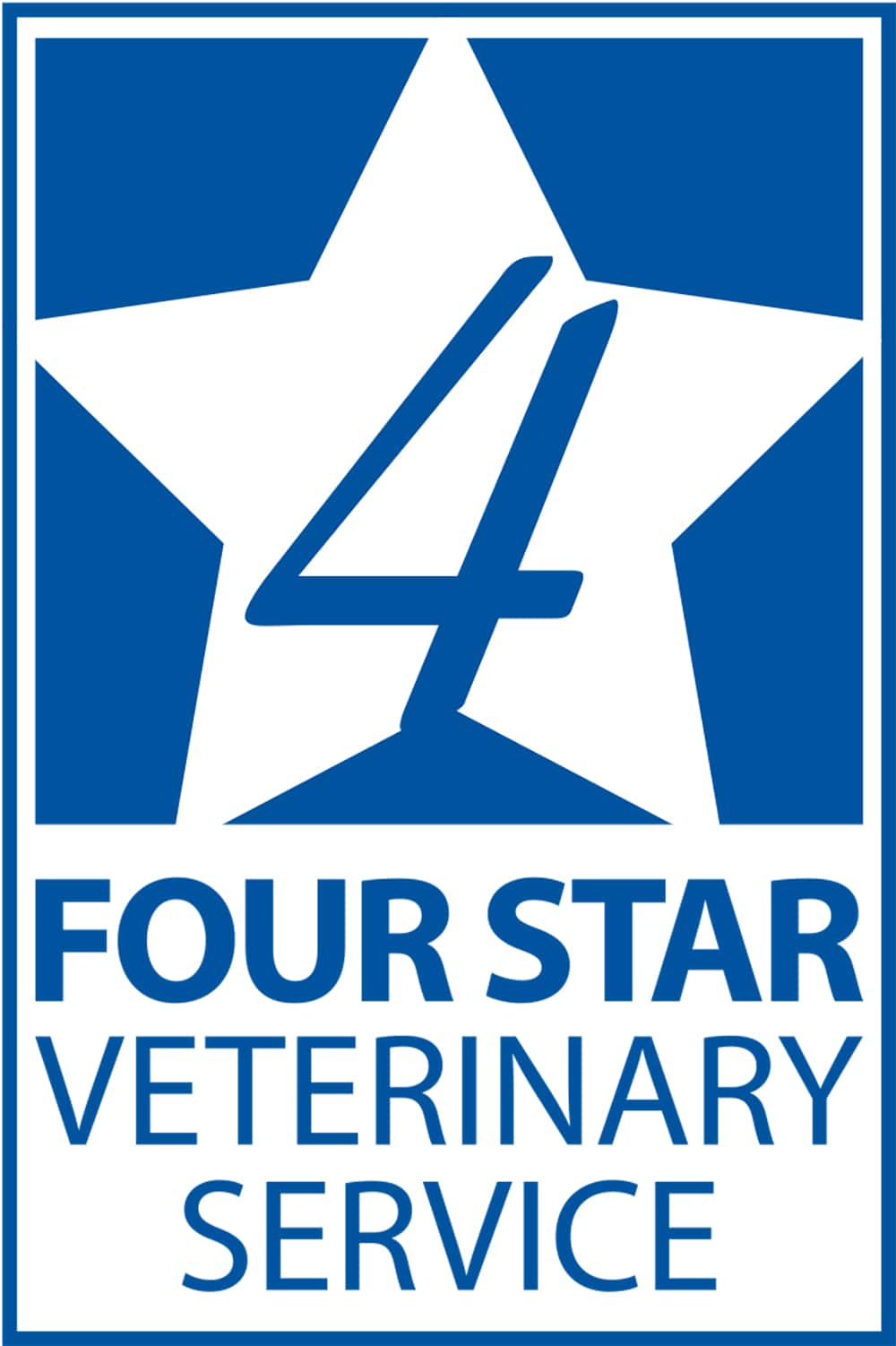
Lameness issues continue to be a significant problem in sow herds, causing 40% to 50% of all sow removals, according to Bill Minton, DVM, Four Star Veterinary Service in Chickasaw, Ohio.
“What hurts most is when the culling for lameness occurs at 3rd parity,” Minton said. “It takes almost to the 3rd parity to break even on the cost of raising, acclimating and getting that animal into production. We are removing animals we haven’t even paid for. This has become a significant cost that is often overlooked.”
Minton advocates taking steps to reduce lameness problems early and to increase sow longevity up to 7 parities in herds. Not only will this lower costs in a system, it will improve worker well-being by not having to deal with the problems associated with lame sows.
Pay attention to gilt selection
Many lameness problems can be prevented by selecting gilts ahead of time, he explained. Producers should try to evaluate incoming gilts as soon as possible before entering the herd. This can be done in the grow-development units or during the quarantine period. Ensure gilts are structurally sound and the right age and weight before bringing them into a sow unit.
He recommended taking a good look at how gilts move and walk in a pen. Make sure the animals have good body confirmation, good hoof quality, and stand well on their feet. They should not be stiff gaited or have long toes.
The best size and weight for gilts entering a sow unit is around 300 lbs. and 28-30 weeks of age, he added. If gilts must be brought into a herd earlier, consider skipping a heat cycle to help the gilt develop adequate body condition.
“Put an emphasis on bringing in the right quality animals,” he said. “Spend some time selecting gilts. We easily overlook this and assume everything is okay. Then we bring in animals [to meet breeding targets] and it backfires in the long run.”
Watch every sow every day
Better observation of sows in gestation is key to reducing lameness issues that lead to culling, Minton emphasized.
“In gestation, make sure you get up every sow and observe every one for signs of early lameness,” he said. “Observe sows especially at feeding time to see if they are shifting weight, tapping a foot, or not bearing equal weight on all four legs. Do they have any swelling, cuts or bleeding? Observe sows while walking through the gestation barn or farrowing rooms.
“If we know what we are looking for early enough, we do have the opportunity to treat lameness,” he explained. “Oftentimes we intervene too late and don’t get a response out of our treatment.”
Treatment options
If the decision is made to treat an animal, Minton said there are several options depending on the cause of lameness. For health-related problems, products such as systemic antibiotics, pain relievers and anti-inflammatory products may help if problems are caught early enough.
Because nutritional deficiencies can also lead to lameness, review sow rations to determine if there are nutritional concerns. The addition of some trace minerals like biotin and zinc may help improve hoof strength, Minton added.
Providing individual sow care is another option. “Even special attention and TLC for some animals will help,” he said. “Remove them from a pen and put them in a hospital stall with a rubber mat for better footing.”
Hoof trimming can solve some lameness issues. “It helps especially for those long dew claws or an outside toe that’s quite a bit longer than the inside toe,” he explained. “We can use lopping shears and trim that off. A lot of times that will correct the confirmation of the animal so she is more comfortable walking.”
Another suggestion is using copper-sulfate foot baths. Minton said copper sulfate is an antiseptic for the hoof, which can help improve hoof strength. He suggested providing the foot baths for gilts when entering the sow barn and sows to walk through when moving between farrowing and gestation units.
Maintain good housing, environment, handling
Many other factors cause lameness in sows and gilts. These range from different types of housing, flooring, air quality and temperature to poor handling and fighting among animals.
Producers need to maintain a good environment and housing with proper animal handling procedures to minimize lameness issues. Overcrowding, improper ventilation rates, mycoplasma or erysipelas, and the health status of incoming gilts are a few factors that can lead to lameness.
Minton suggested using treatment-card data and other records to identify trends and specific issues that may be causing problems within a unit. It will offer guidance on areas that could be addressed.
“I think a lot of lameness is preventable and some of it is treatable,” he added. “But ultimately, it has a negative impact on sow culling and mortality. Intervention will have a positive impact on the sow herd.”
